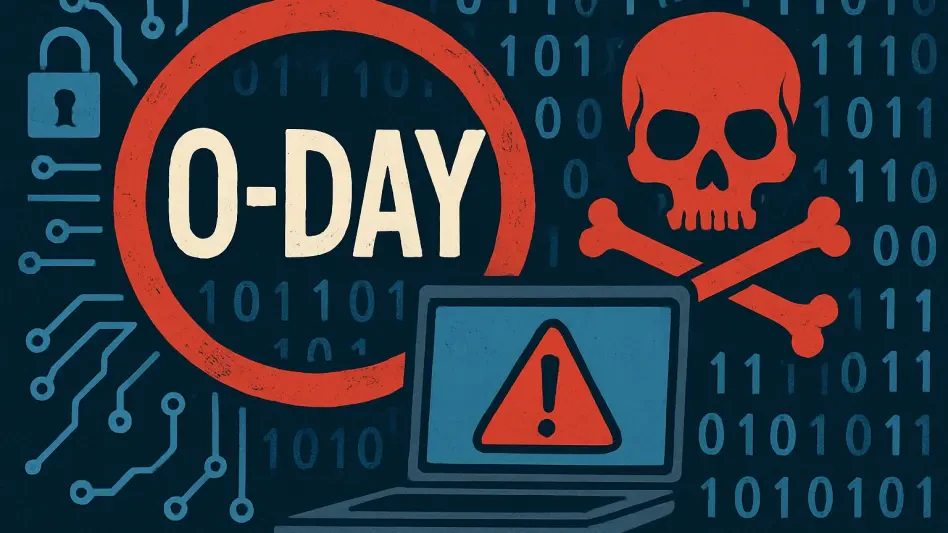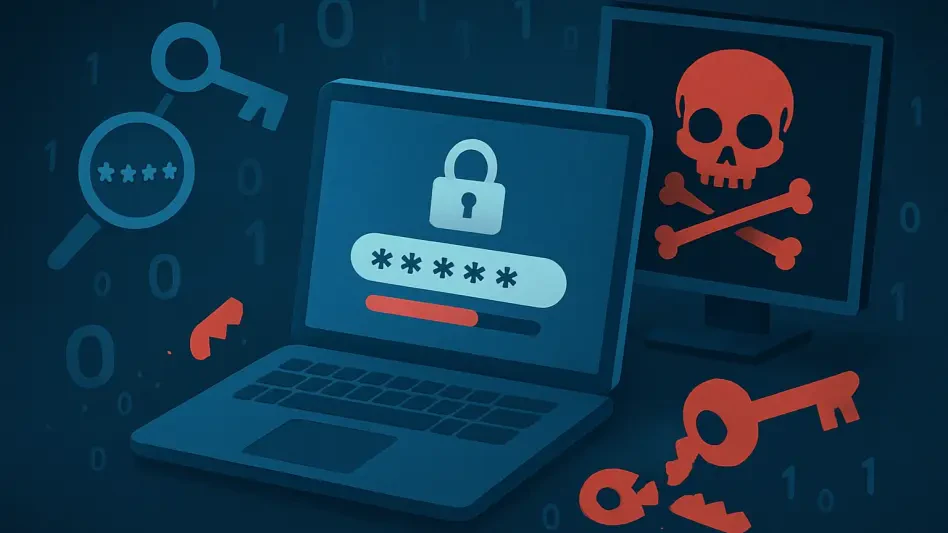Imagine you’re the IT manager of a bustling organization. One morning, as you sip your coffee, an alert pops up on your screen: a sophisticated cyberattack is underway, targeting your organization’s sensitive data. Panic sets in—but then you remember the AI-driven cybersecurity system you recently implemented. Within seconds, the system identifies the threat, isolates the affected systems, and neutralizes the attack before it can do any damage. You breathe a sigh of relief, grateful for the advanced technology that just averted a potential disaster. However, the story doesn’t end there. As you investigate the incident, you realize that the attack was itself powered by AI, designed to bypass traditional security measures. This underscores a critical truth: AI is both a powerful ally and a formidable adversary in the fight against cyberthreats. The same technology that protects your business can be weaponized against it.
Assess your current cybersecurity measures
Considering AI from every angle has never been more important. A BCC Research report published in 2024 states that the market for enterprise AI is expected to grow from $8.3 billion in 2022 to $68.9 billion in 2028, at a compound annual growth rate of 43.9%. With 99% of organizations planning to increase their investment in this versatile technology, AI is becoming an integral part of organizational operations and is crucial in identifying exposures and managing vulnerabilities throughout various business functions and processes. However, our report finds that 89% of the C-suite are very concerned about the potential security risks associated with AI, and only 1 in 3 CISOs strongly agree that these security risks are adequately understood and managed accordingly.
Respondents in the Global GenAI Report rated AI safety, security, and ethics as a comprehensive approach that includes risk management and regulatory considerations as top factors in selecting an AI partner. Therefore, unlocking the full potential of AI for protection requires a thorough understanding of the multifaceted risks and benefits of AI-driven security. This includes continuously assessing your current cybersecurity measures to ensure they are up-to-date and aligned with best practices. Implementing regular security evaluations, updating protocols, and adapting to new threats are essential steps in maintaining robust security in the face of evolving AI-driven cyberthreats.
Implement internal education
Training employees about the risks and advantages of AI in cybersecurity is a critical component of a comprehensive security strategy. While AI can greatly enhance security measures, it also introduces new vulnerabilities that require awareness and understanding from all members of an organization. Internal education programs should cover the basics of AI, how it is used in cybersecurity, and the potential threats it poses. Employees should learn about common AI-driven attack vectors such as data poisoning, deepfakes, password hacking, and social engineering tactics like phishing and scareware.
By providing ongoing training and education, employees can become the first line of defense against AI-driven attacks. Understanding the signs of phishing attempts, being aware of the risks associated with data sharing, and knowing how to handle sensitive information securely can significantly reduce the risk of successful cyberattacks. Regular workshops, seminars, and interactive training sessions help keep the workforce engaged and informed about the latest developments in AI and cybersecurity. Encouraging a culture of continuous learning and vigilance ensures that employees can play an active role in safeguarding the organization against AI-related threats.
Adopt a zero trust framework
Zero trust architecture is a vital approach in AI-driven cybersecurity. This framework involves continuously verifying and authenticating every user and device attempting to access your systems, regardless of their location within or outside your network. The philosophy behind zero trust is simple: never trust, always verify. With AI’s predictive abilities and enhanced threat detection, implementing a zero trust framework helps ensure that only legitimate users and devices gain access to sensitive data and infrastructure.
In a zero trust environment, AI can analyze user behavior in real-time, identifying anomalies that might indicate compromised credentials or unauthorized access attempts. By continuously monitoring and validating access requests, AI-driven security systems can quickly respond to potential threats, isolating them before they cause harm. Adopting this framework involves not only deploying AI tools but also establishing strict access control policies, multi-factor authentication, and comprehensive monitoring practices. Investing in a zero trust architecture significantly reduces the attack surface and fortifies your organization’s defenses against sophisticated AI-driven attacks.
Develop AI-specific threat intelligence
Maintaining a dedicated threat-intelligence feed for AI-related threats is crucial for staying ahead of cybercriminals who exploit AI technologies. AI-specific threat intelligence involves gathering, analyzing, and disseminating information about the latest AI-driven attack vectors, tools, and tactics used by malicious actors. By understanding the threat landscape and the methods employed by cybercriminals, organizations can proactively develop strategies to counteract these threats and enhance their security posture.
AI-driven threat intelligence systems can continuously scan the web, dark web, and various threat intelligence sources to identify emerging trends and potential risks. These systems analyze vast amounts of data to detect patterns and anomalies indicative of new attack methods. By integrating AI-specific threat intelligence into your security operations, you can ensure that your defenses are always up-to-date and capable of countering the latest threats. Sharing threat intelligence with industry peers and security partners further strengthens collective resilience against AI-driven cyberattacks, creating a collaborative environment where knowledge and resources are pooled to combat common threats.
Conduct regular risk evaluations
Regularly auditing your AI systems is essential to monitor and enhance their security. Continuous risk assessments help identify potential vulnerabilities and areas for improvement, ensuring that your AI-driven security solutions remain effective against evolving threats. These evaluations should include a comprehensive review of your AI models, data sources, and implementation practices to detect any weaknesses that could be exploited by cybercriminals.
Risk assessments should also consider the ethical and regulatory implications of using AI in cybersecurity. Ensuring compliance with data protection regulations and industry standards is crucial for maintaining the integrity and trustworthiness of AI systems. By conducting regular audits and risk evaluations, organizations can stay ahead of potential threats, address emerging vulnerabilities, and adapt their security strategies to the ever-changing landscape of AI-driven cybersecurity.
Integrate robust security safeguards by design
To maximize the effectiveness of AI in cybersecurity, it is crucial to embed robust security guardrails by design. This encompasses a wide range of practices, including risk management, compliance, data protection, model validation, and training. By incorporating security measures from the outset, organizations can ensure that their AI systems are resilient to attacks and operate securely within their intended environments.
One critical aspect of integrating security safeguards is implementing AI-driven incident response plans. These plans outline the steps to take in the event of a security breach, ensuring a swift and coordinated response to minimize damage and recover quickly. Additionally, secure-by-design approaches focus on encrypting sensitive data, conducting regular security audits, and continuously validating AI models to detect and mitigate potential weaknesses. Proactive measures like these enhance the overall security of AI systems and help organizations maintain cyber resilience in the face of increasingly sophisticated AI-driven threats.
Partner up for full protection
AI is undeniably a double-edged sword in the realm of cybersecurity. It offers powerful tools for protecting your business but also introduces new risks that must be carefully managed. Partnering with an expert service provider can accelerate adopting a proactive and comprehensive approach to AI-driven security. Experienced partners such as managed security service providers (MSSPs) offer full-time monitoring and deep industry insights to fine-tune your security measures effectively.
Working with a knowledgeable partner ensures that your organization stays ahead of the curve in AI security. These experts can provide tailored solutions that address your specific security needs and help you navigate the complexities of AI implementations. By leveraging the expertise and resources of a dedicated security partner, organizations can maximize the benefits of AI while minimizing the associated risks, maintaining a strong and resilient cybersecurity posture in the face of evolving threats.







